Gartner analytics maturity model pdf
TDWI has developed an analytics maturity model to help you determine the maturity of your organization’s analytics initiatives when compared with other companies. The model provides the big picture of an analytics program, where it needs to go, and where you should concentrate your attention to create more value for your data.
Gartner’s maturity model gives data and analytics leaders a way to identify the level of development their BI and analytics initiative must reach in order to support enterprise goals. The model also helps chart a roadmap for improvements.
12/06/2008 · Greater I&O process maturity is essential if I&O leaders are to improve IT services delivered to customers (see “Gartner Poll Suggests IT Management Processes Aren’t Maturing”). However, we believe that, although a focus on process is necessary, it’s not sufficient for IT maturity, especially in I&O. Process-centricity makes sense when process alone drives maturity, and…
Gartner’s business intelligence maturity model, from “How to Accelerate Analytics Adoption When Business Intelligence Maturity Is Low“ (content available to Gartner clients) The low end of the business intelligence maturity model looks like this: your data is scattered across different, disconnected spreadsheets and documents. Employees
Even this new maturity model will likely change over time, probably incrementally as we learn more and more about how get more value from data and analytics. Also, please note that the ITScore is not the only maturity model we offer in data and analytics. We support more detailed, program-specific maturity models, and some of these even come
A review of business intelligence and its maturity models Article (PDF Available) in African journal of business management 5(9):3424-3428 · April 2011 with 4,950 Reads How we measure ‘reads’
3. Data & Analytics Maturity Model & Business Impact A. Data & Analytics Driving Business Performance This study found that the enterprises with the most sophisticated Data & Analytics capabilities demonstrate higher levels of corporate business performance when holding constant factors such as industry vertical and company size. Enterprises
Gartner’s maturity model gives data and analytics leaders a way to identify the level of sophistication their business intelligence and analytics initiatives must reach in order to support enterprise goals. The model also helps chart a roadmap for improvements.
The Web Analytics Maturity Model Please refer to Appendix III for a Web Analytics Maturity Model worksheet. Maturity Levels For the proposed model, each Key Process Area (or pillar) can be graded on a scale from “0 – Analytically impaired” through “5 – Analytically …
The Gartner model, shown below, presents an overview of different kinds of analytics. It was agreed at the London FP&A Board meeting that FP&A advanced analytics start from the Insight stage and utilise predictive and prescriptive types of analytics. In other words, FP&A advanced analytics is Proactive and Forward-looking Analytics.
For all the hype surrounding advanced analytics, machine learning and other data innovations, a remarkable number of organizations are still using spreadsheets for analysis and arguing about data quality.. In a recent Gartner survey, 87.5% of respondents had low data and analytics maturity, falling into “basic” or “opportunistic” categories.
Things. Machine learning and predictive analytics – the main technologies that enable predictive maintenance – are nearing the ‘Peak of Inflated Expectations’ in Gartner’s Hype Cycle. At the same time, Google Trend data reveals increased interest in the subject, as do articles that have started to appear in the mainstream and business press.
TDWI Advanced Analytics Maturity Model. The TDWI Advanced Analytics Maturity Model can help you understand where you are in terms of your advanced analytics journey. It provides a framework for companies to understand where they are, where they’ve been, and what they still need to succeed with technologies including predictive analytics and
solution. The business analytics framework shown in Figure 1 updates Gartner’s previous BI, analytics and PM framework, which we originally published in 2006 and updated in 2009. Figure 1. The Gartner Business Analytics Framework Business Models, Business Strategy and Enterprise Metrics Information ent gem ana M m Progra and a dat eta M s Service
Gartner IT Infrastructure and Operations Maturity Model
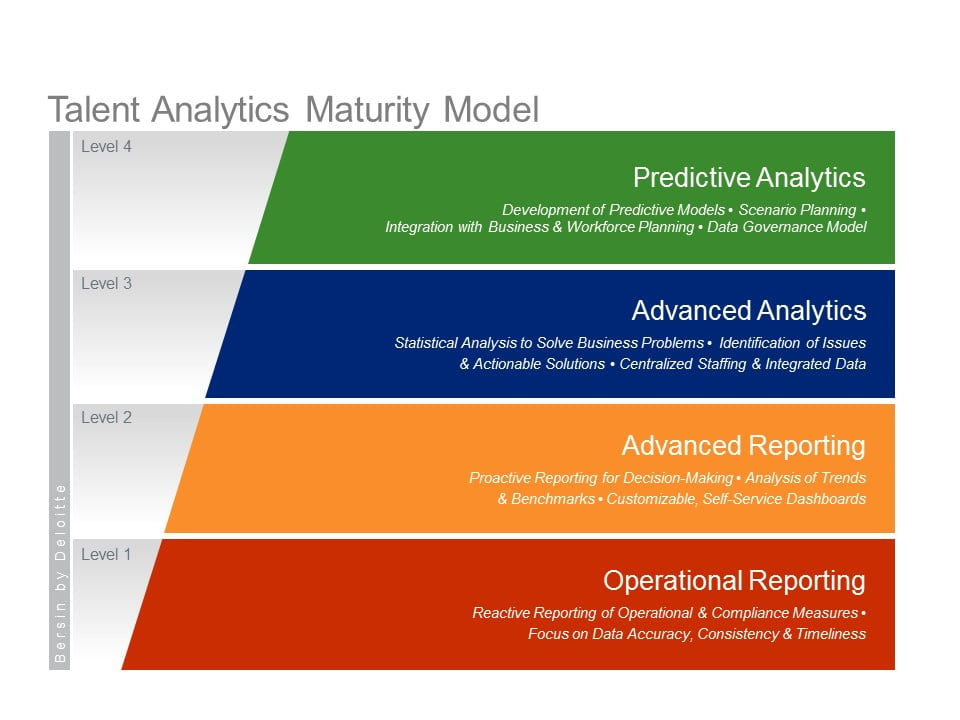
A review of business intelligence and its maturity models
Business Analytics Maturity Models This study identified fourteen unique BA maturity models in the BA literature. One of the earliest was Watson’s (2001) staged, prescriptive data warehousing maturity model. It included three stages covering people, processes and technology. Davenport and Harris (2007) defined a staged, prescriptive BA
During my February 22, 2017 webinar The Gartner Enterprise Information Management Maturity Model (replay available), attendees asked a number of excellent questions. Not able to answer them all during the session, I promised to address them in my blog. We’re just starting on the EIM journey with a new CIO and Data & Analytics Leader.
maturity model as an overlay to the methodology. The maturity model, seen through the lens of an internal audit methodology, is designed to illustrate that there are many data analytics-enabled auditing characteristics across our five phases of an audit methodology at each of the five proposed maturity levels. As you will see in the following
The 4 Stages of Data Analytics Maturity: Challenging the Gartner’s Model. Cross-posted: LinkedIn. If you happen to work in analytics, data science or business intelligence, you’ve probably seen one of the iterations of this Gartner’s graph on stages of data analysis in a company: The figure above shows various stages of analytics maturity, from “descriptive” to “prescriptive”. I
Maturity Model. Including: •Define the top pillars •Identify all relevant sub-pillars •Create levels of maturity Questionnaire Define maturity characteristics and assessment criteria statement •Establish characteristics for every sub-dimension •Define evaluation criteria per maturity level •Develop objective assessment questions for each level of maturity Integration with DMM
TDWI Analytics Maturity Model Guide October 28, 2014. Complete the assessment, determine your score, and use the information in this guide for advice and best practices for getting to the next stage of maturity.. Reason for the Model. We created the TDWI Analytics Maturity Model and assessment tool in response to organizations’ need to understand how their analytics deployments compare to
Analytics maturity models aims to asses an organization’s strengths and weaknesses at leveraging data to move their business forward. Stéphane Hamel’s Digital Analytics Maturity Model is undoubtedly one of the best in the field. Brian Clifton Author and Director of Data Insights & Analytics, Search Integration AB
At ASAE Tech earlier this month, we shared our Data Analytics Maturity Model (DAMM) which is built for associations by association leaders. Designed as an assessment and high-level action plan, DAMM helps staff members identify where their organization is when it comes to …
the digital maturity scale using TMForum’s model.” Gary Miles, Chief Marketing Officer at Amdocs “We are delighted to contribute to TM Forum’s Digital Maturity Model. As a digital transformation tool, it provides a segue into broader business model innovation, which is the only way for companies to survive and thrive in the digital economy”.
The process for developing the leading-edge analytics capability typically involves four key stages of maturity, described in detail in the ScottMadden Analytics Maturity Model shown on subsequent pages. Each stage has defined characteristics and organizational behaviors that highlight where an organization is in its journey. Each stage
2 TDWI RESEARCH TDWI Self-Service Analytics Maturity Model Guide About the Author FERN HALPER is vice president and senior director of TDWI Research for advanced analytics. She is well known in the analytics community, having been published hundreds of times on data mining
It may be helpful to look at the framework introduced here for evaluating the analytic maturity of an organization from the viewpoint of information or knowledge management. At a high level, one can think of analytics as using data to build models and then deploying the models within an organization’s products, services or internal processes
across four stages of maturity. We couple the maturity assessment with an opportunity to plot a strategic path forward. At the top of our maturity model are businesses that are transforming through Big Data. These leaders embrace data as currency, and are creating new value streams through predictive analytics.
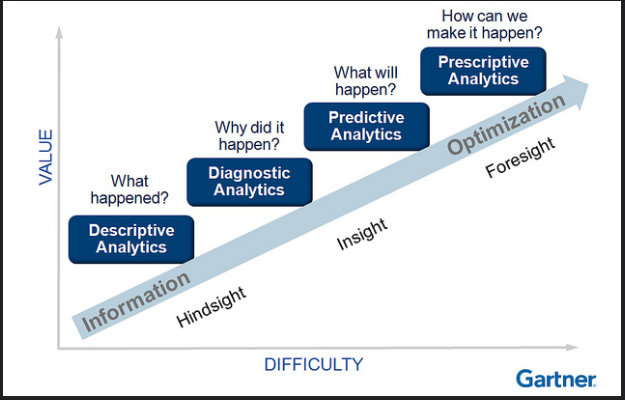
and Operations Maturity Model Gartner’s IT Infrastructure and Operations (I&O) Maturity Model helps I&O leaders evaluate their maturity with respect to people,process,technology and business management, and establish a road map for increasing levels of maturity to service alignment and partnering with the business. Key Findings • The I&O Maturity Model assesses four dimensions of I&O
Gartner’s Digital Maturity Model for Government Smart Fully Digital Data-Centric Open E-Gov. MATURITY LEVEL 1 INITIAL 2 DEVELOPING 3 DEFINED 4 MANAGED 5 OPTIMIZING Value Focus Compliance, efficiency Transparency and openness Constituent value Transformation Sustainability Channel Strategy Portal Government as a platform Nongovernment channels Truly multichannel Automation replaces …
Gartner has a great data analytics maturity model that includes “business outcomes, people, skills, processes, data and technologies.” It is based on 5 Levels: It is based on 5 Levels: Unaware
Update on Sept 21, 2015. An improved version of this model is presented in Analytics Maturity Models.. Analytics can be defined in many ways, but what matters is the purpose of analytics. Most definitions agree on the following: analytics is used to gain insights from data in order to make better decisions, see for instance INFORMS definition:
08/03/2017 · In this article I present Gartner’s BI and Analytics Maturity Model. https://www.
insights through analytics in order to make business decisions. To compete, companies must embark on a journey toward analytical maturity. That means developing analytical capabilities to enable the organization’s decision makers to examine fact-based insights. While the results from analytics are
MD3M: The Master Data Management Maturity Model Marco Spruit & Katharina Pietzka . Department of Information and Computing Sciences . Utrecht University, The Netherlands
TDWI Advanced Analytics Maturity Model Guide January 1, 2018. Complete the assessment, determine your score, and use the information in this guide for advice and best practices for reaching the next stage of maturity.. This is an exciting time for advanced analytics. Organizations are collecting increasing amounts of disparate data.
ITScore for Data and Analytics Gartner
A great way to explain the value of analytics is to speak about the analytics maturity model. This model contains two pieces. First, analytics is a two step process: insights are generated from data, then decisions are made based on these insights. Second, we distinguish four maturity levels, depending on how much of the analytics process is
14/12/2016 · 4 Stages Of Data Analytics Maturity: Challenging Gartner’s Model Published on December 14, 2016 December 14, 2016 • 1,367 Likes • 57 Comments
The TDWI Advanced Analytics Maturity Model Guide is designed to help you understand the phases of maturity, interpret your assessment scores, and provide insight and advice to move you forward. By explaining current trends and best practices, the guide will help you gain more value from your analytics. Sponsored by. Download the Guide
Summary Data and analytics leaders should use this Gartner ITScore for all data and analytics programs. It will help them assess shortcomings, determine priorities and identify actions for improving the maturity and performance of their related competencies and capabilities.
I’ve received a lot of positive feedback on the data governance maturity models series as it provides the high level overview of each model to guide you into adopting one for your program. In this article I’ll go over the Gartner maturity model. If you’d like to go over the ones covered so far, please go ahead: Stanford’s Maturity Model
What is the Business Intelligence & Analytics Maturity Model? By Carol Jenner, Business Intelligence & Analytics Architect at Arbela Technologies. In the mid-2000’s Wayne Erickson with The Data Warehouse Institute introduced the first maturity model to show how company’s use their data as they mature, and where they get stuck.
maturity model that consolidated our interactive marketing and eBusiness maturity models.1 two years applying the model with clients have helped hone and focus it even further. this report updates our 2014 digital maturity model into a single set of scoring criteria that today’s cross-functional digital
There are supply chain and demand analytics models that describe the type of analytics being deployed (e.g., descriptive, prescriptive, etc.).Now Gartner has created a different look at the issue by creating a five-stage maturity model for assessing the overall maturity level of your organization in using supply chain analytics. Gartner reports a strong correlation between supply chain
The Data Governance Maturity Model
MD3M The Master Data Management Maturity Model
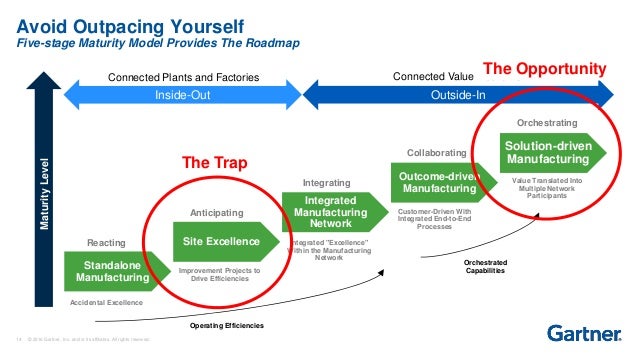
Analytics Landscape (IT Best Kept Secret Is Optimization)
How the BI Maturity Model Empowers Your Small Business

Transforming Internal Audit A Maturity Model from Data
Gartner finds 87% of organisations have low BI and
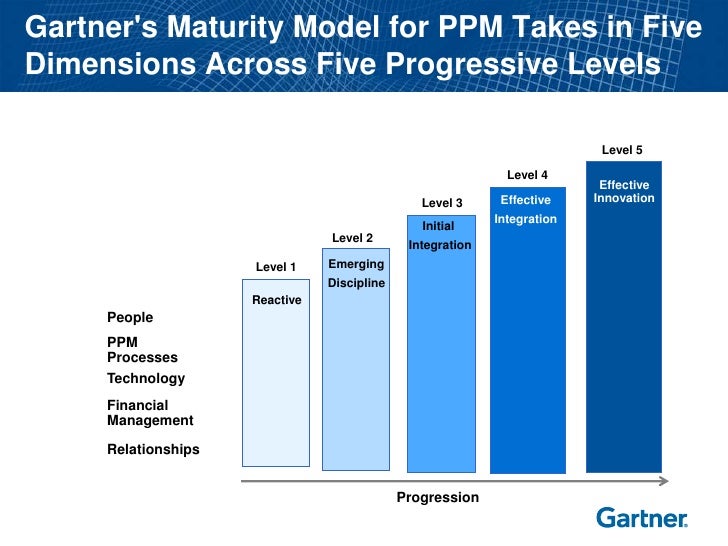
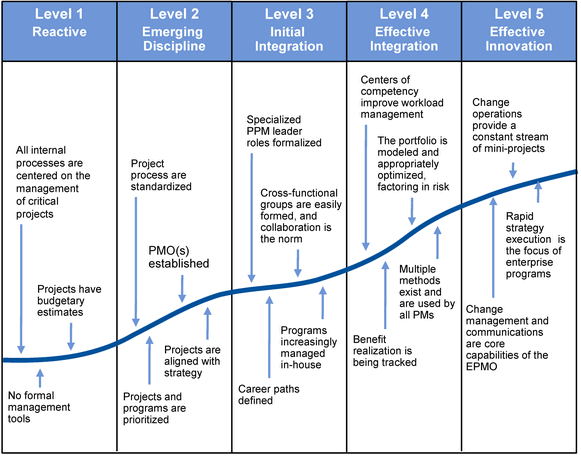
The 4 Stages of Data Analytics Maturity Challenging the
Digital Analytics Maturity Model by Stéphane Hamel.
Predictive Maintenance 4 PwC

Data & Analytics Maturity Model & Business Impact
AI Maturity Model Digital Transformation North America